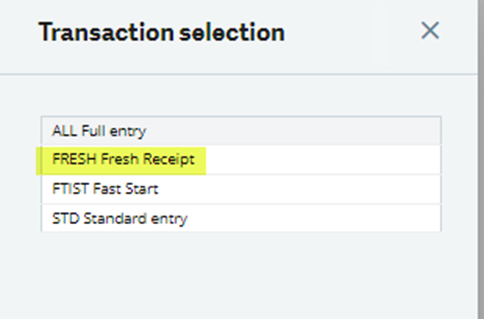We can setup different movement codes to define specific stock receipt and issue rules for some transactions.
For example, a dedicated transaction associated with experienced users who can authorize the receipt to stock in A status and the rest of the users who can authorize the receipt to stock of goods in Q status.
In this blog, I will show you how to receive a purchase order into a specific location using the movement code.
- Under Common data, Products, Product category, select a product category.
- On the Receipts tab, insert a line after the Supplier receipt movement type.
- Select the Supplier receipt movement type and assign a movement code.
- Movement codes can be added under Setup, General parameters, Miscellaneous tables, Data code 14.
- Add a location to the line where you have entered the movement code.
- To add a new location first you need to create a location category under Development, Data and parameters, Tables, Local menus-messages chapter 2707.

5. Add a Default location under product-site record for the location category selected above.

6. Create a new Receipts entry transaction under Setup, Purchasing, Entry transactions and add the movement code under Stock grid.

7. Finally, when you generate a receipt, select the assigned entry transaction and when selecting the purchase order, the location will default according to the setup above.


- On the other hand, if I want to receive the normal receipts then I select the ‘ALL’ entry transaction and the default location will be different.

Similarly, movement codes can be assigned to stock issue movements as well. Here you need to include the allocation and issue rules as part of your setup.

